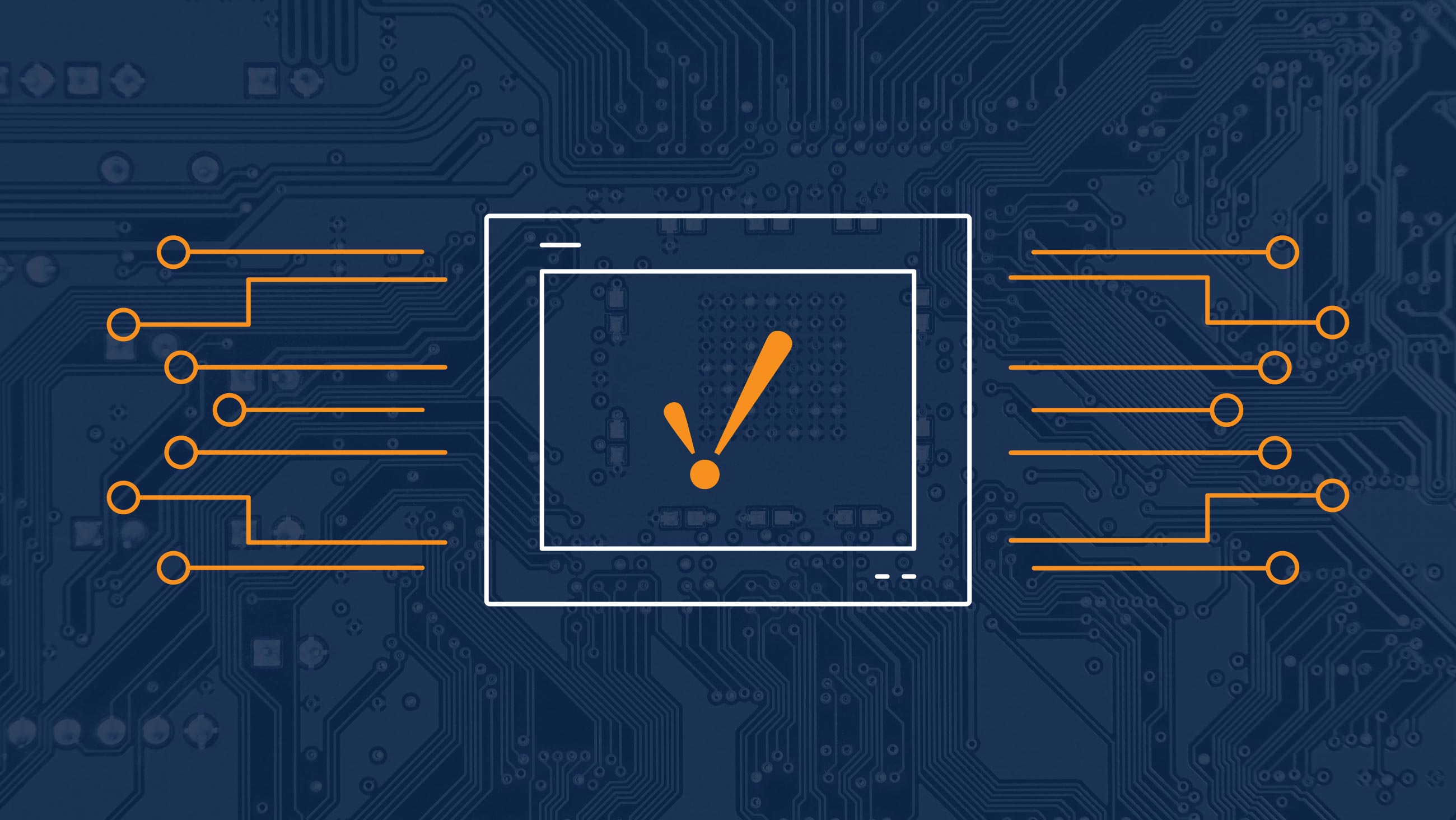What Is a Panel PC?
An Explainer From Inductive Automation and OnLogic
4 minute read

The Need for Panel PCs
Most people are familiar with PCs (Personal Computers), but far fewer understand the difference between a retail PC and a panel PC. Whereas PCs are typically found in offices, panel PCs are specialized units (often serving as HMI control panels) designed to be used on or near machines in industrial environments like plant floors or remote sites. Panel PCs are built specifically to run HMI/SCADA software that allows operators to monitor and control processes in virtually every industry, including food & beverage, oil & gas, automotive, water & wastewater, and many more.

The Characteristics of Panel PCs
Panel PCs are integrated all-in-one computers encompassing display and computing systems. The displays take the form of touchscreens that can be both capacitive, or multi-touch and resistive, meaning they can be used while wearing gloves. On the latter point, some panel PCs also give the option between projective capacitive (PCAP) and resistive screens. PCAP screens work by maintaining a standing electrical charge across a sensor that extends through a contact surface — in this case a touchscreen — where changes in the electrical charge can be detected by the proximity of a stylus, a finger, or other capacitive bodies. As far as performance is concerned, PCAP offers much higher viewability, brightness, and reliability. Resistive, in contrast, is more valuable in environments that require operators to wear standard non-specialized gloves, such as remote sites with harsh weather conditions.

Panel PC Features
Panel PCs are typically more ruggedized than their office-based counterparts and therefore more ideal for long-term use in production environments. Operating at a wide range of temperatures, panel PCs are also measured for IP (Ingress Protection), meaning the enclosure’s effectiveness at blocking dust, moisture, and liquids. Panel PCs have multi-screen capabilities in both portrait and landscape, allowing them to adapt to a variety of industry, plant, and field settings. On top of that, many panel PCs include integrated camera, microphone, and proximity sensor options to consolidate the accessories you might need to purchase, all while ensuring compatibility.
For similar reasons, panel PCs regulate temperature differently than commercial or retail PCs. Office PCs typically use fans to cool down their internal systems. However, fans, as well as any other internal moving parts, are not ideal for industrial environments where dust, wide temperature fluctuations, shocks, and random vibrations are common. To stay cool in these situations, panel PCs utilize fanless heatsink technology. A heatsink is a passive heat exchanger that dissipates heat to regulate overall panel PC temperature.

Benefits and Advantages of Panel PCs
By now, most people associate touchscreens with battery-powered mobile devices like phones and tablets. While you may not be able to fit it in your pocket like a phone, a panel PC runs on hardwired power to avoid downtime while charging. Panel PCs also offer greater mounting and placement flexibility over commercial PCs because they can be mounted where they’re needed without running wiring to a separate PC.
Space is valuable on the plant floor. Panel PCs are designed to be compact while delivering convenient and easy control. By utilizing a touchscreen instead of a keyboard and mouse, panel PCs eliminate excess wires, the need for clunky tables or rigging, and reduce the overall size of the system.
Panel PCs offer several connectivity options including LAN, I/O (Input and Output), CAN, and cellular, in addition to WiFi. To stay apace with many organizations’ Digital Transformation and Industry 4.0 initiatives, most modern panel PCs include IIoT (Industrial Internet of Things) functionality.
Panel PCs are designed with an emphasis on reliability, high performance, and an overall reduction of system malfunction, and are therefore most often considered a long-term investment, saving money on maintenance and software updates, especially if paired with a software platform like Ignition.
While compatibility testing is often still required for panel PCs, usually it is performed by the manufacturer in advance, so you don’t have to worry about whether the display and the computer will work together.

Getting the Most out of Your Panel PC with Ignition
Operators use panel PCs to interact with HMI/SCADA systems, but the amount of control they have over the processes they are monitoring is proportional to how well their chosen hardware and software complement each other. Ignition is the perfect choice for rapidly developing high-performance HMIs designed to optimize operator efficiency. Installed in minutes on virtually any device, Ignition makes working with HMIs easy, and updating an existing HMI becomes fast and painless.
For a lightweight application designed for remote sites, the combination of a panel PC with Ignition Edge is ideal for capturing, processing, and visualizing critical data at the edge of the network, especially when paired with a low-bandwidth protocol like MQTT.
OnLogic builds panel PCs, along with a whole host of other industrial equipment that combine advanced computing power with a range of hardened displays as well as modular solutions to enable easy customization and simplify upgrading while reducing maintenance costs. OnLogic products pair spectacularly with Ignition and Ignition Edge.
Related Content
Want to stay up-to-date with us?
Sign up for our weekly News Feed.
